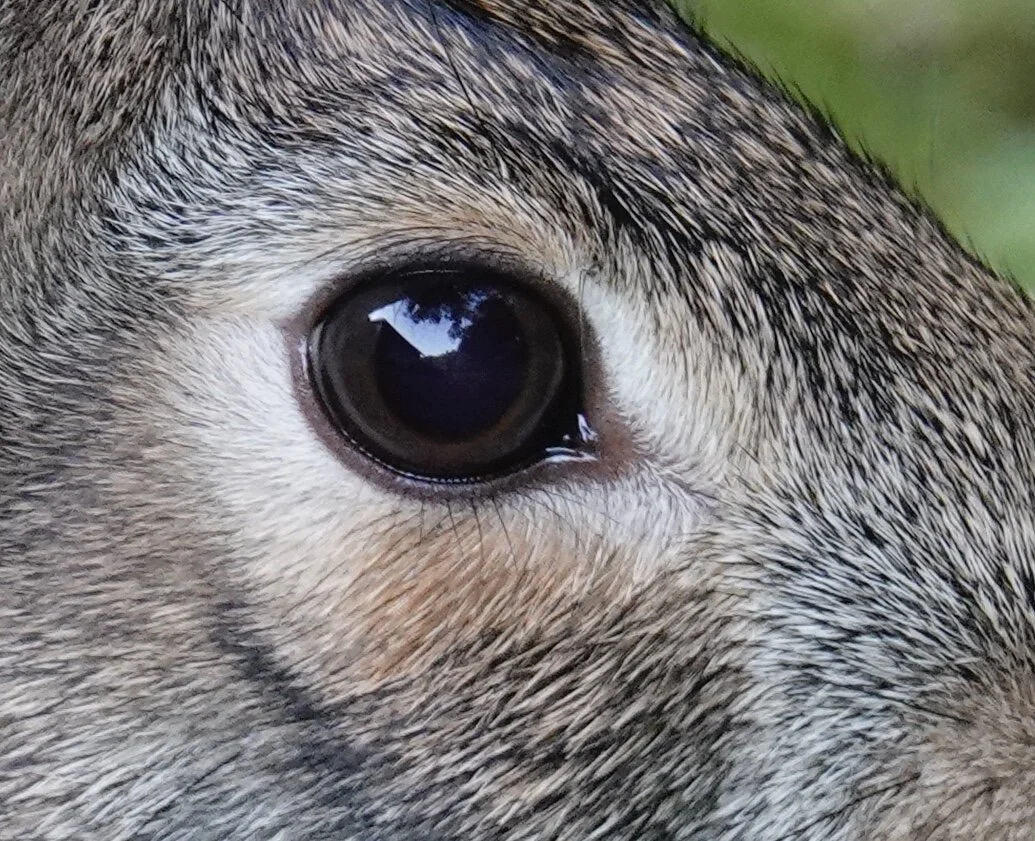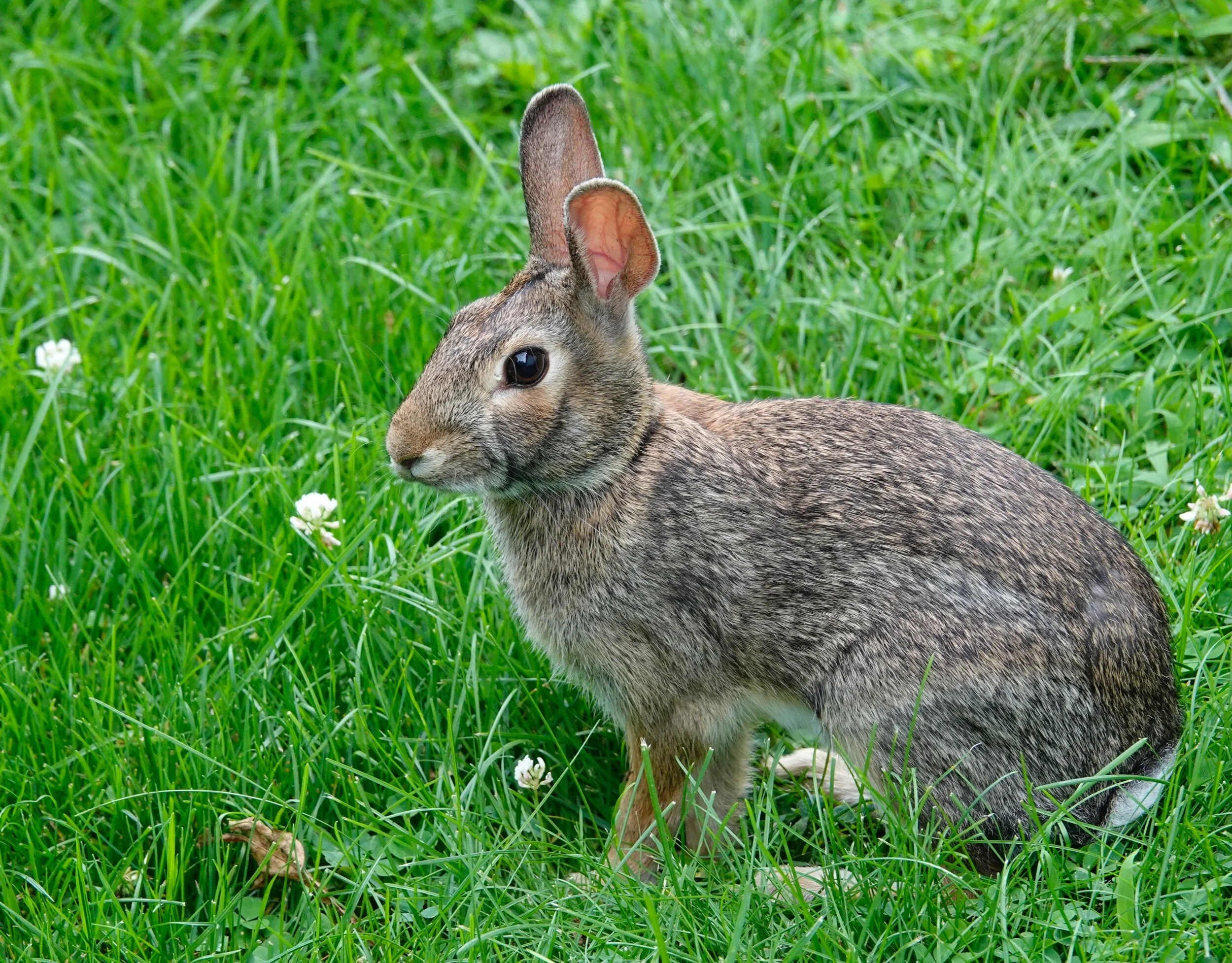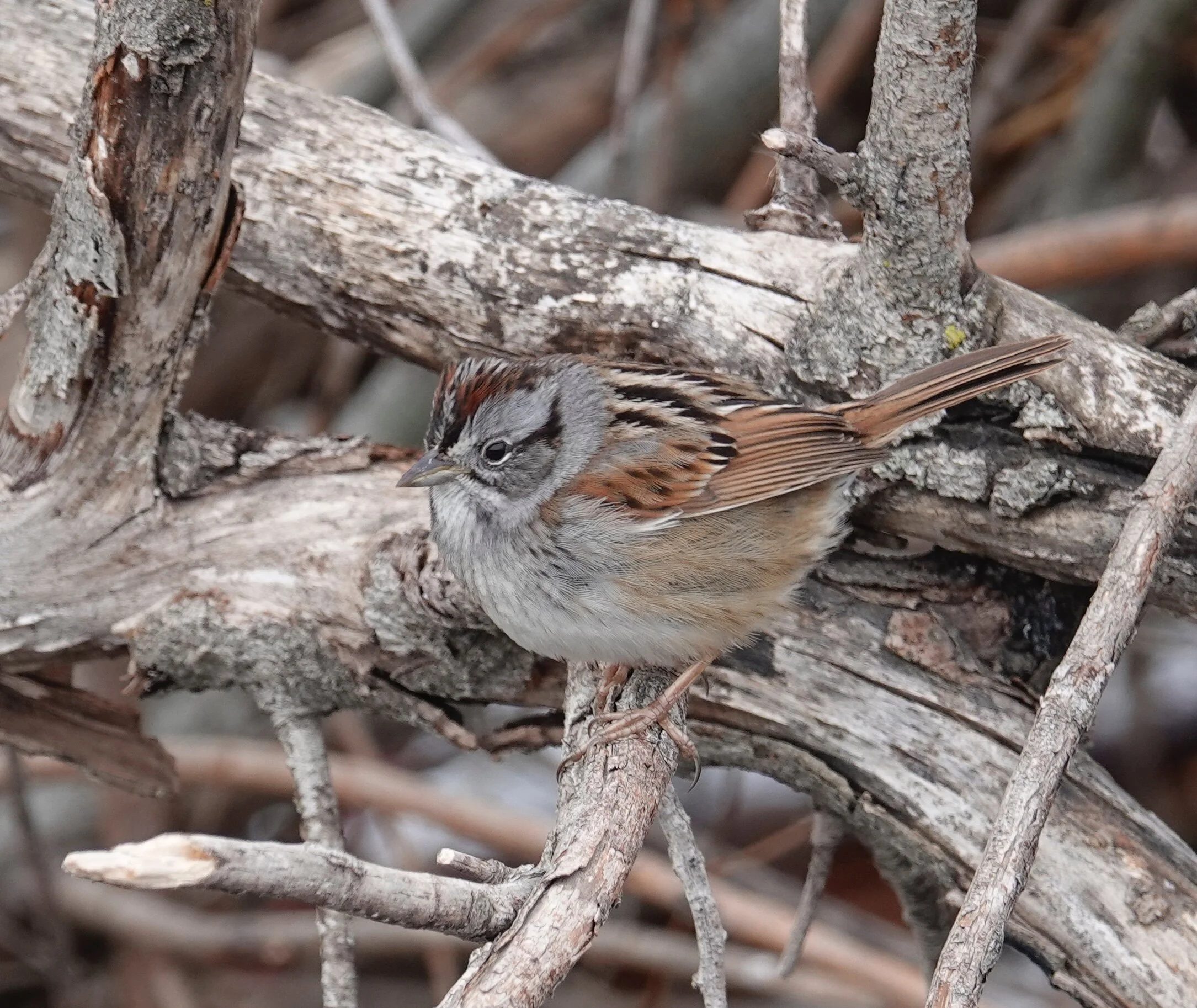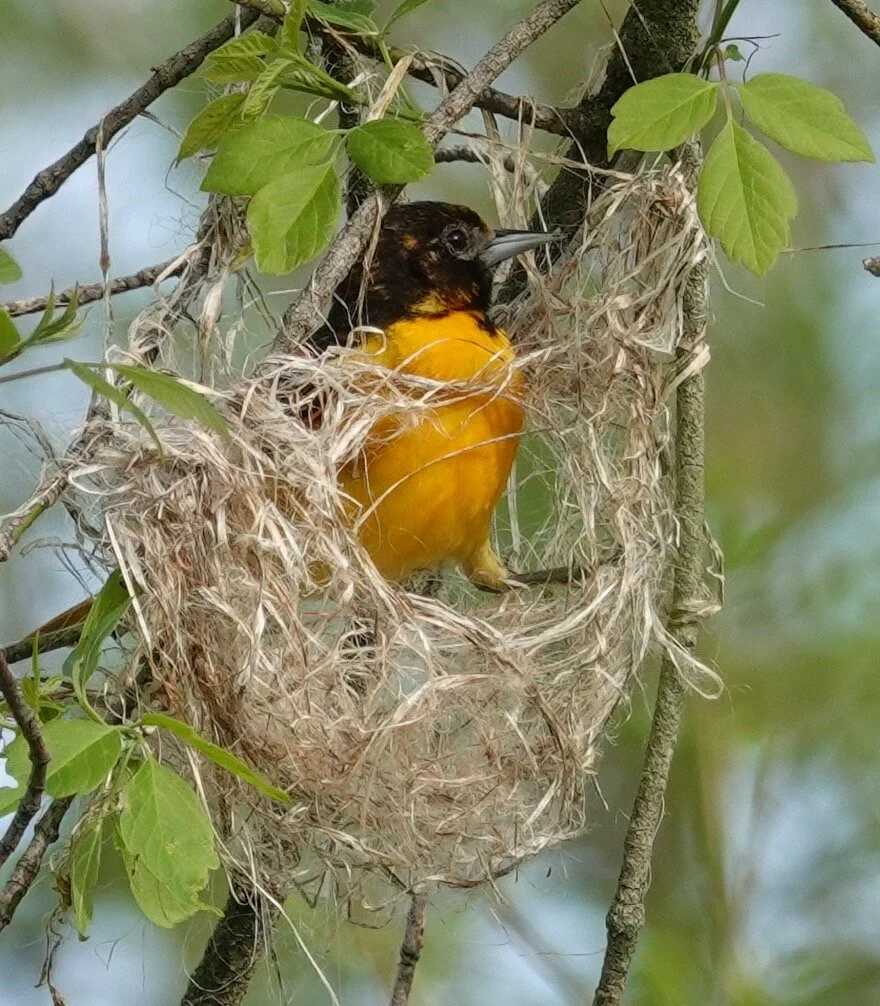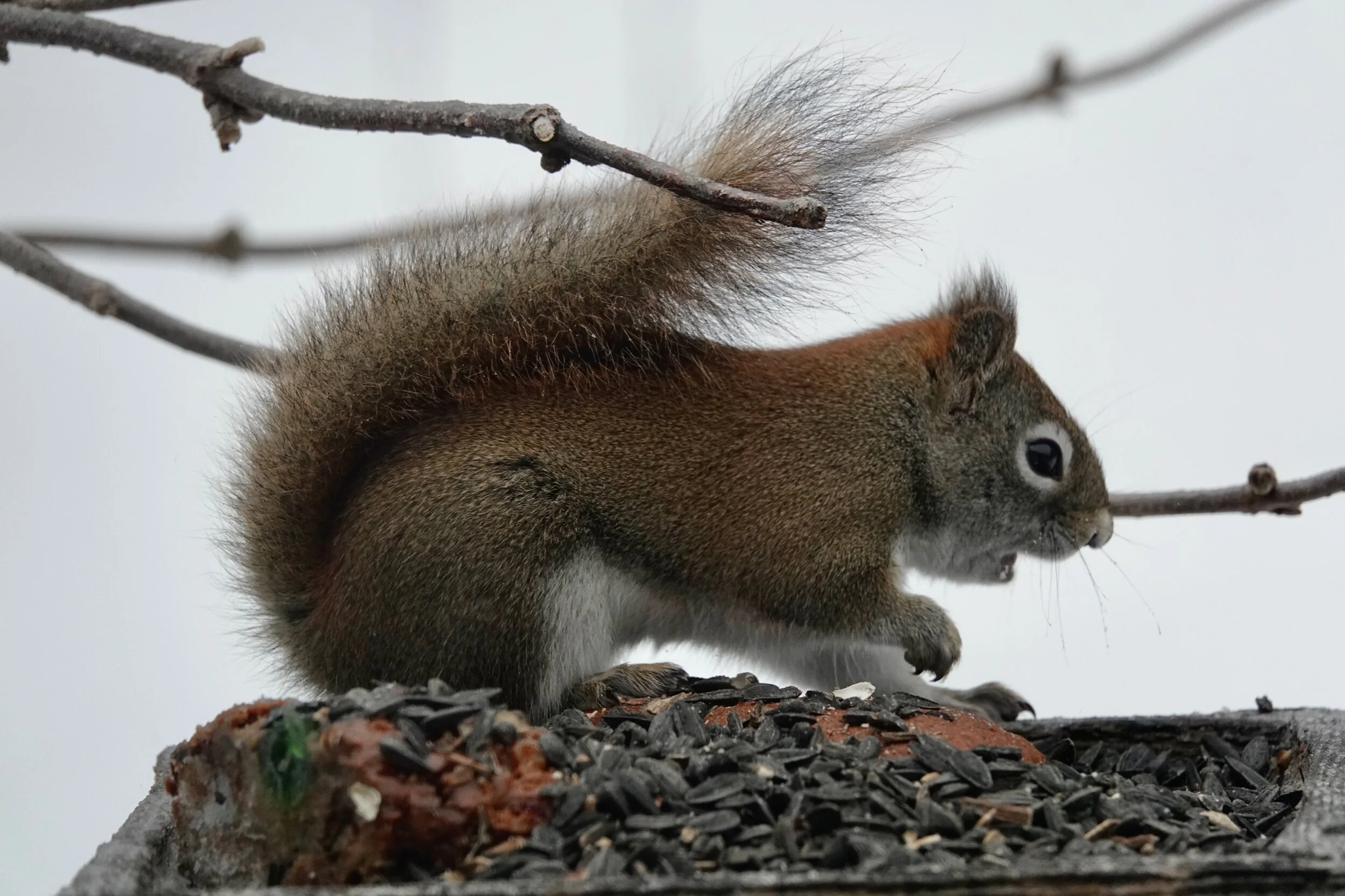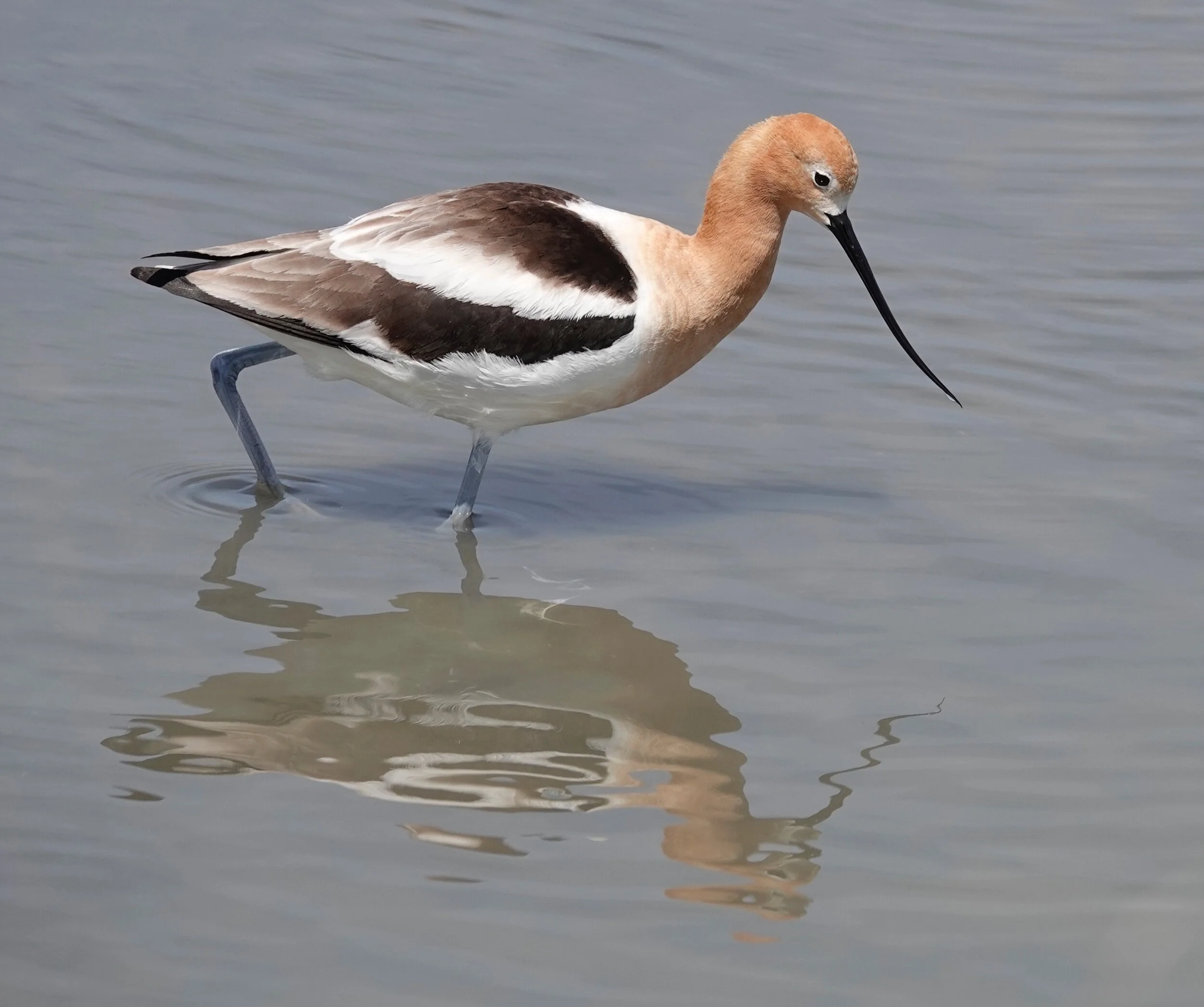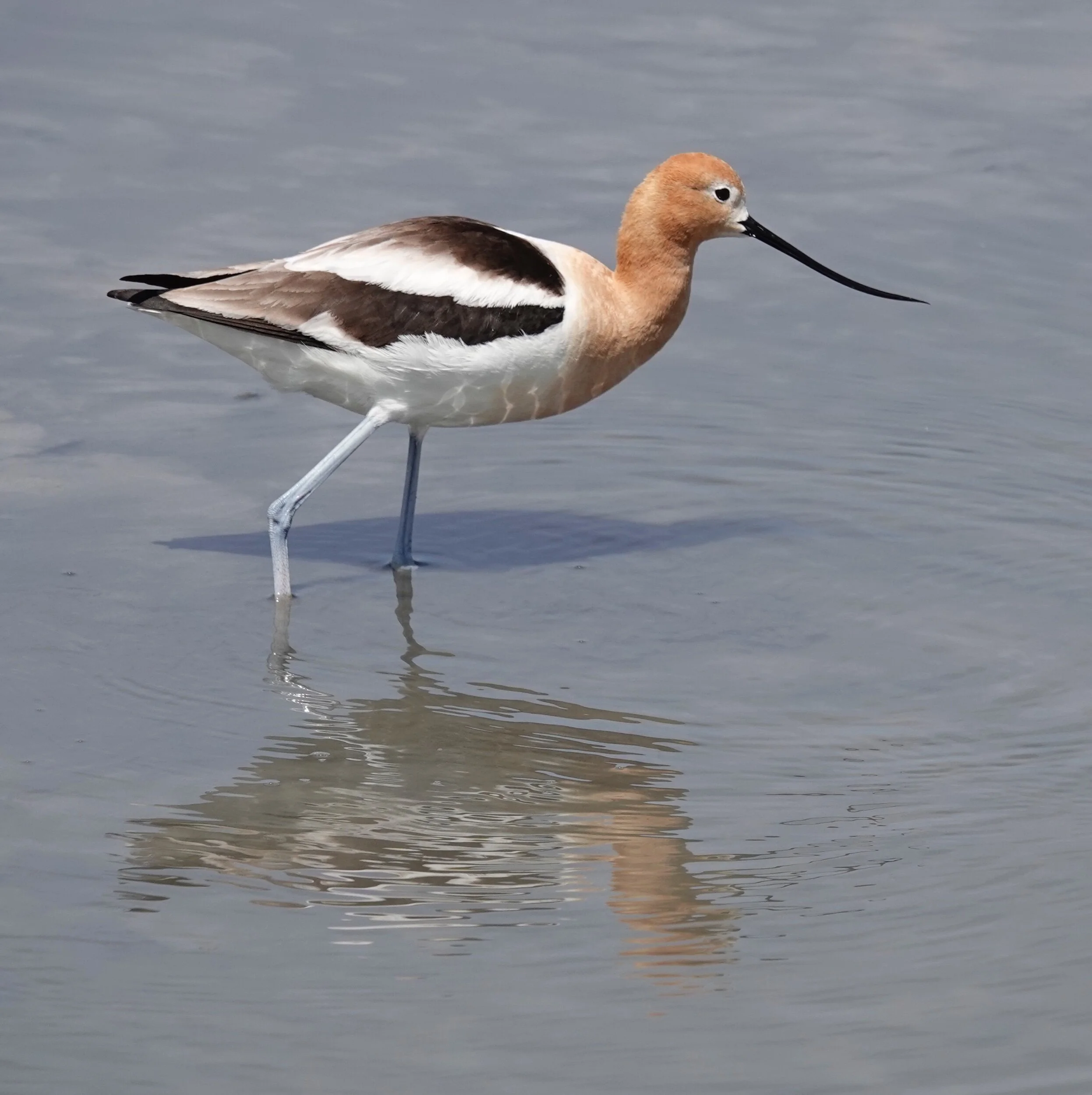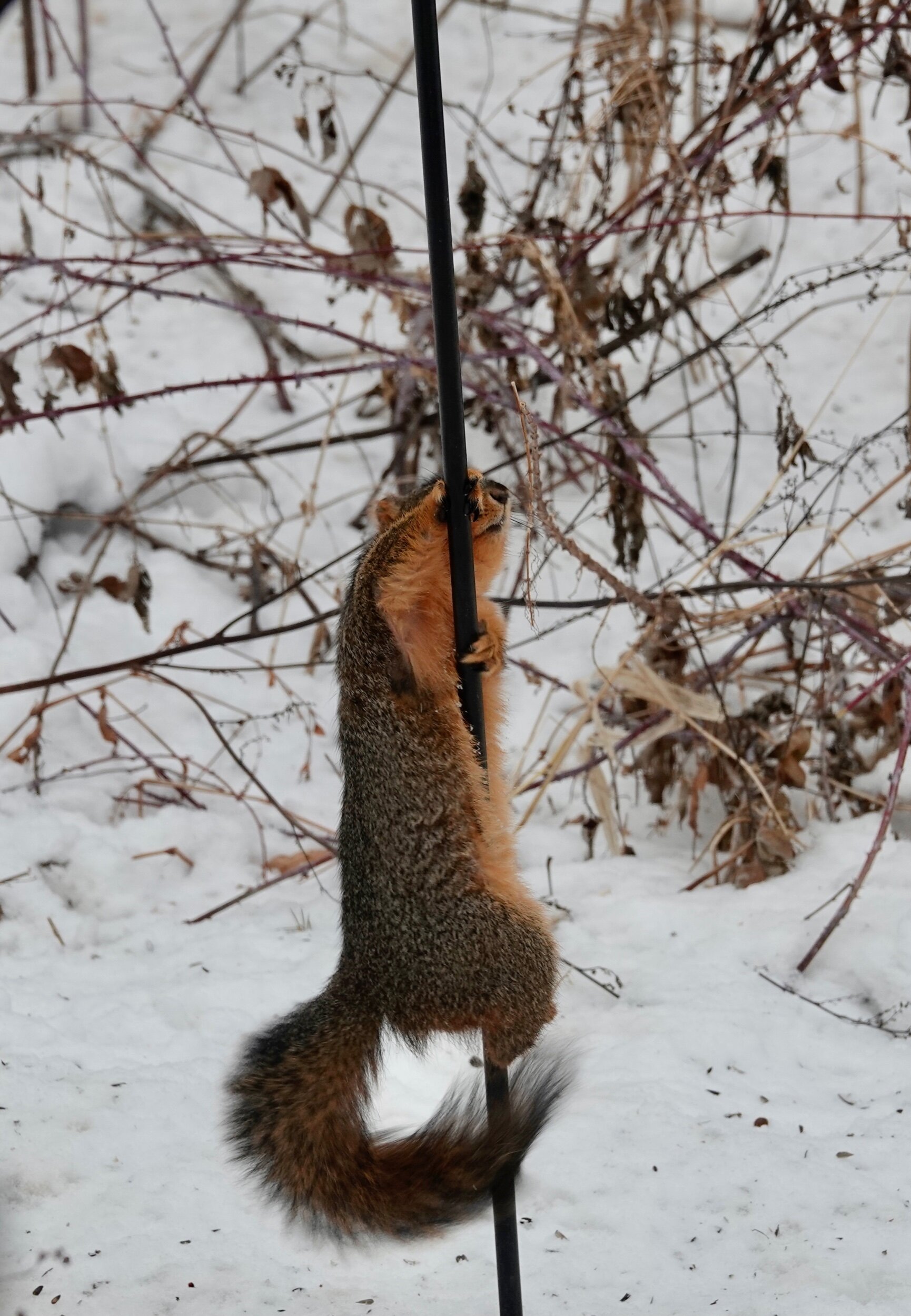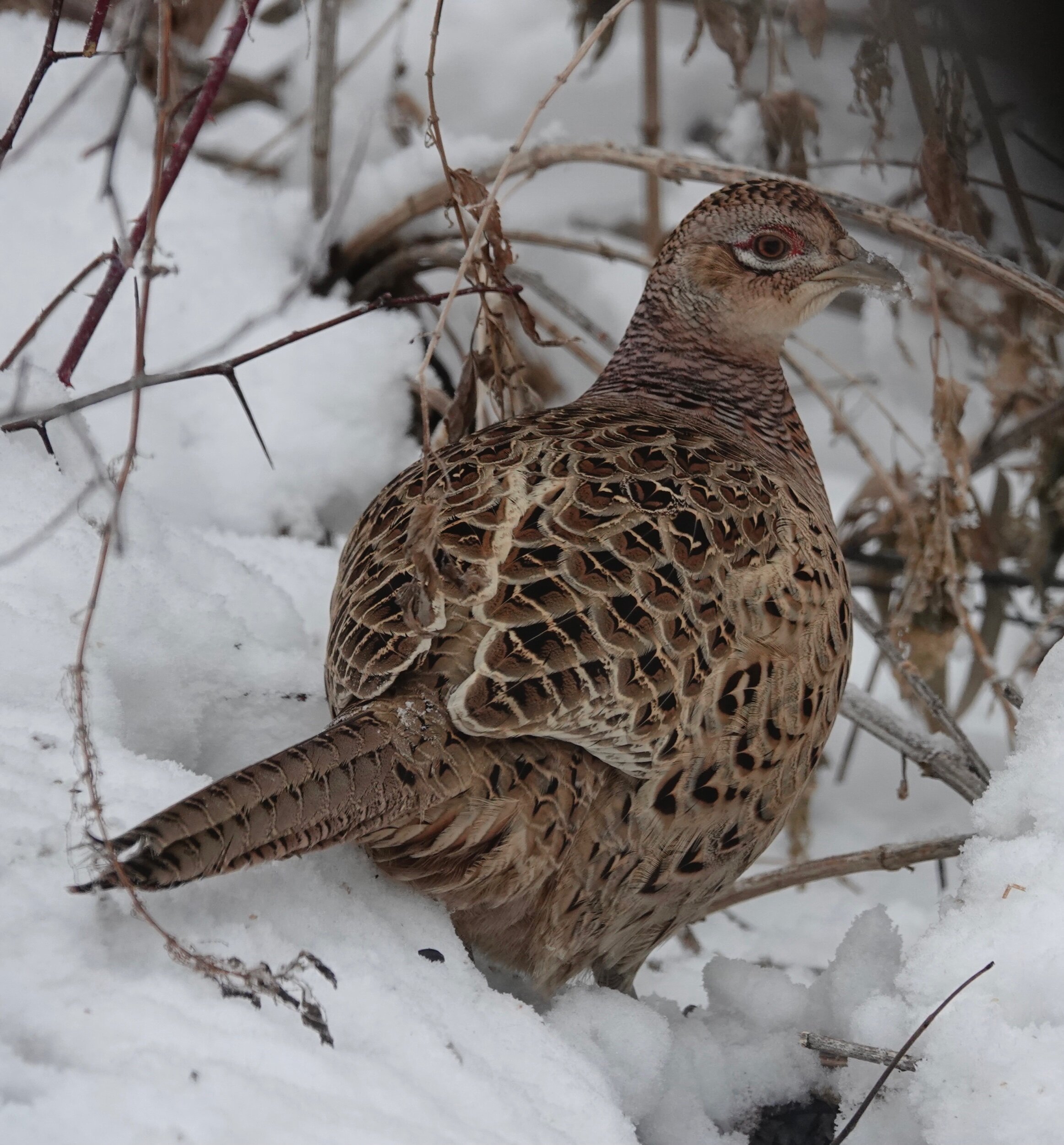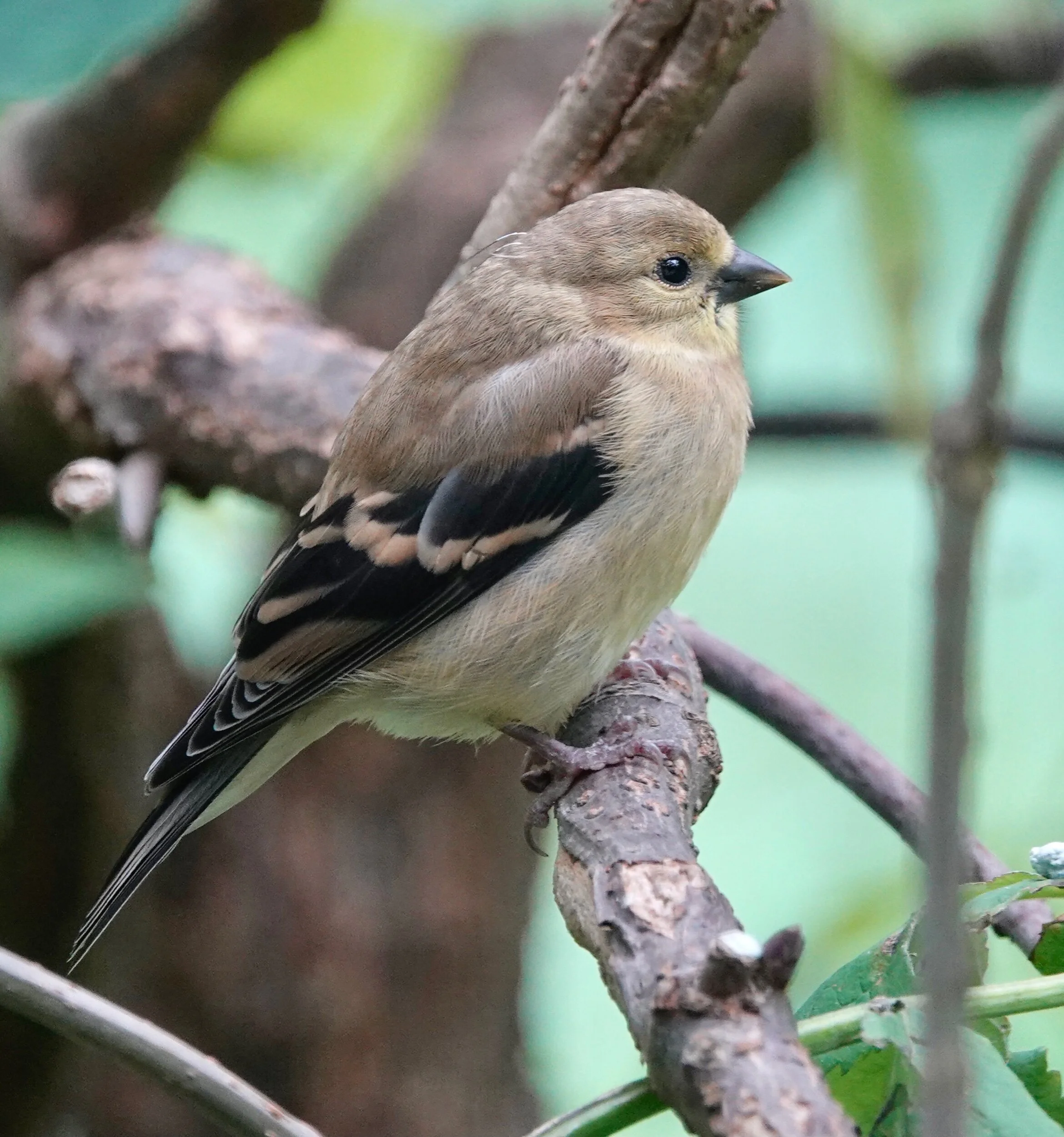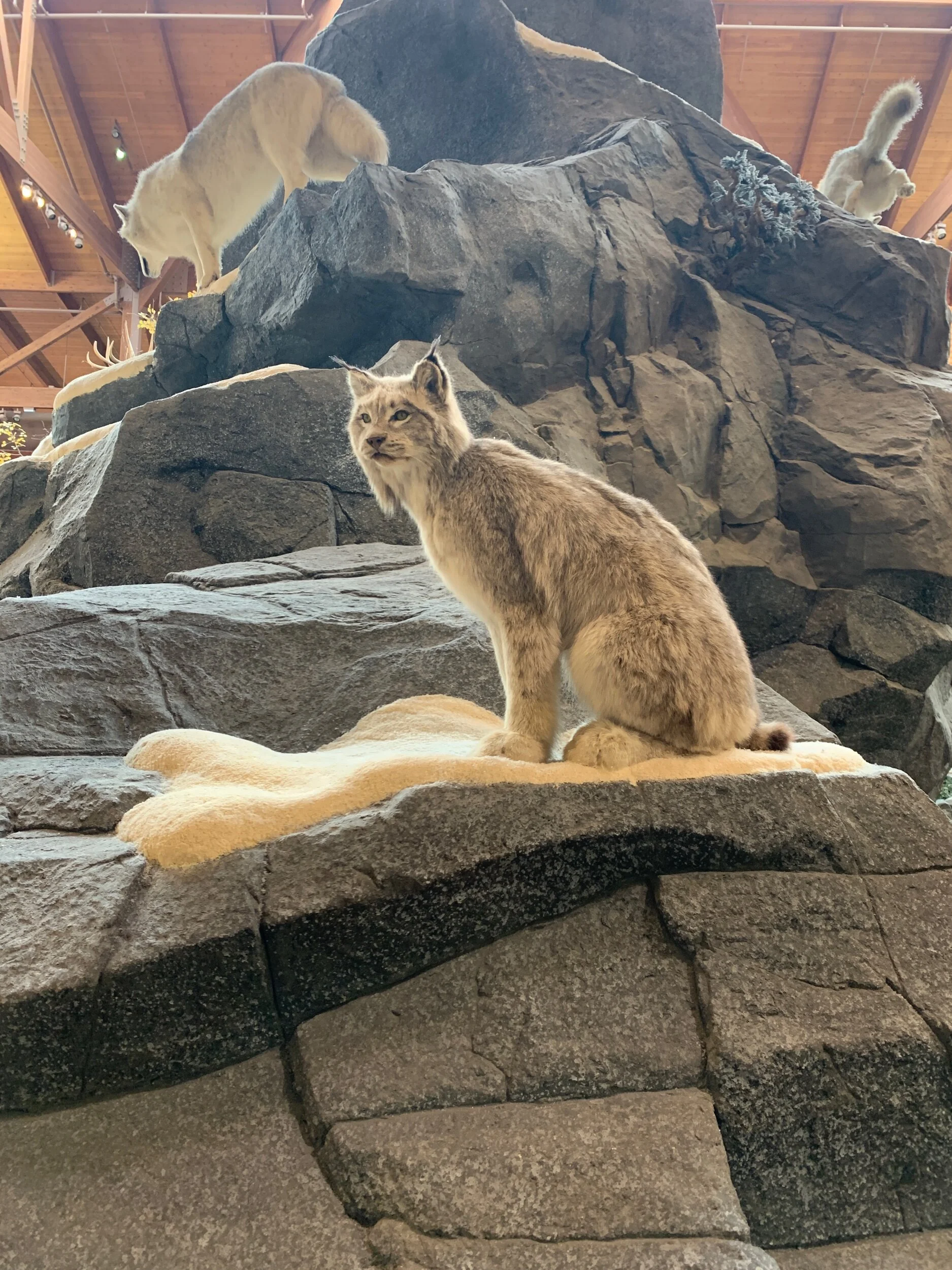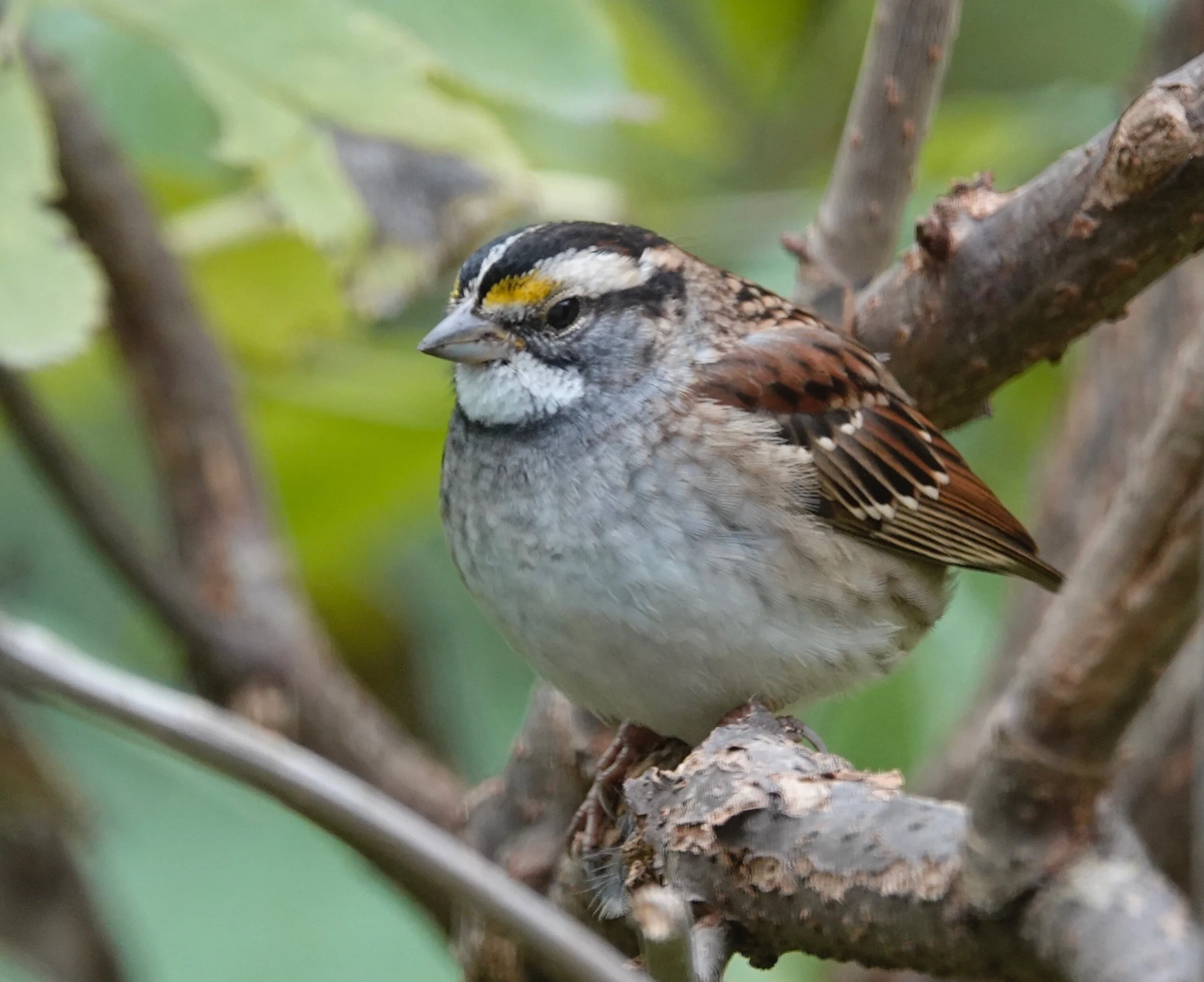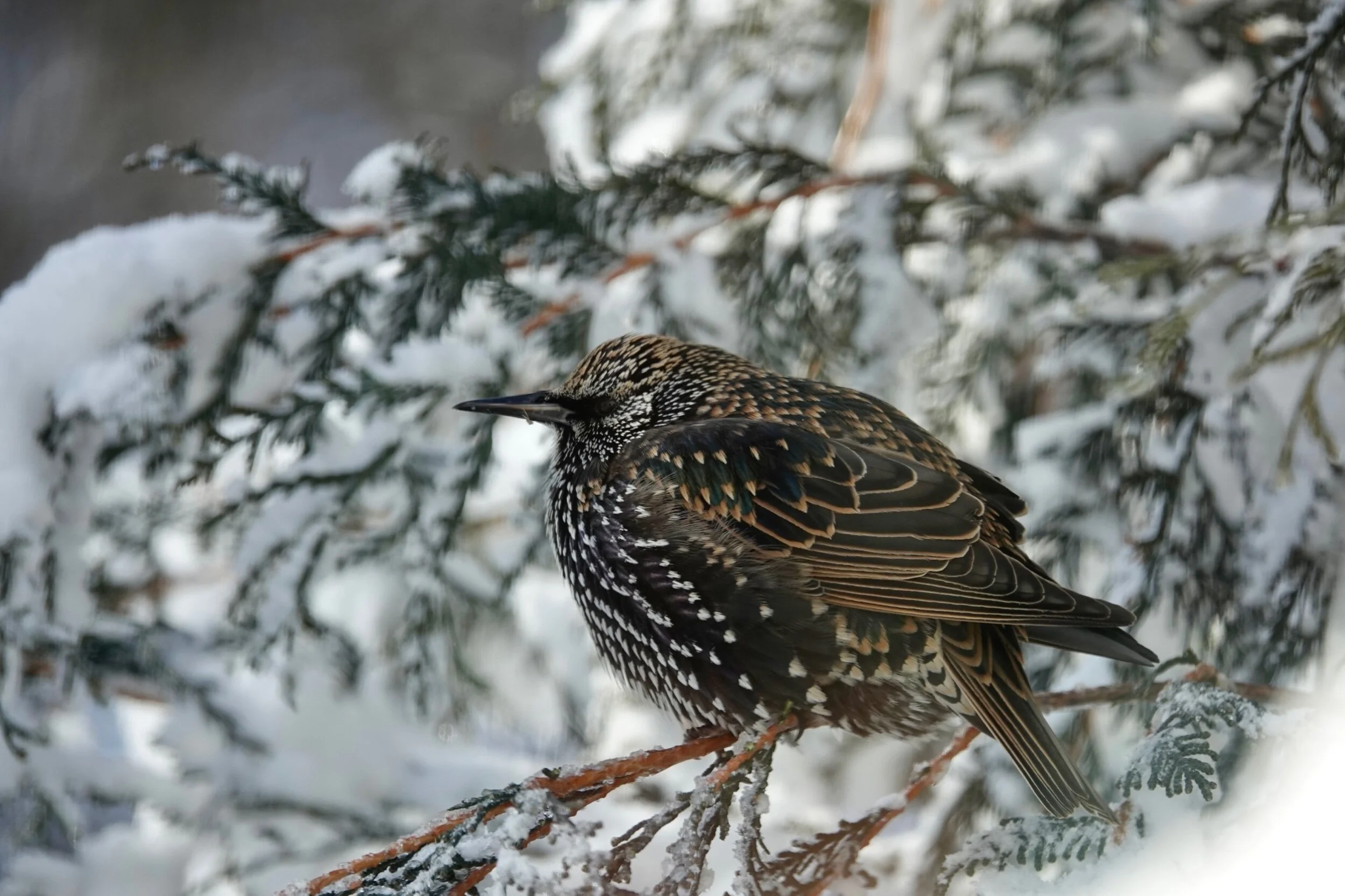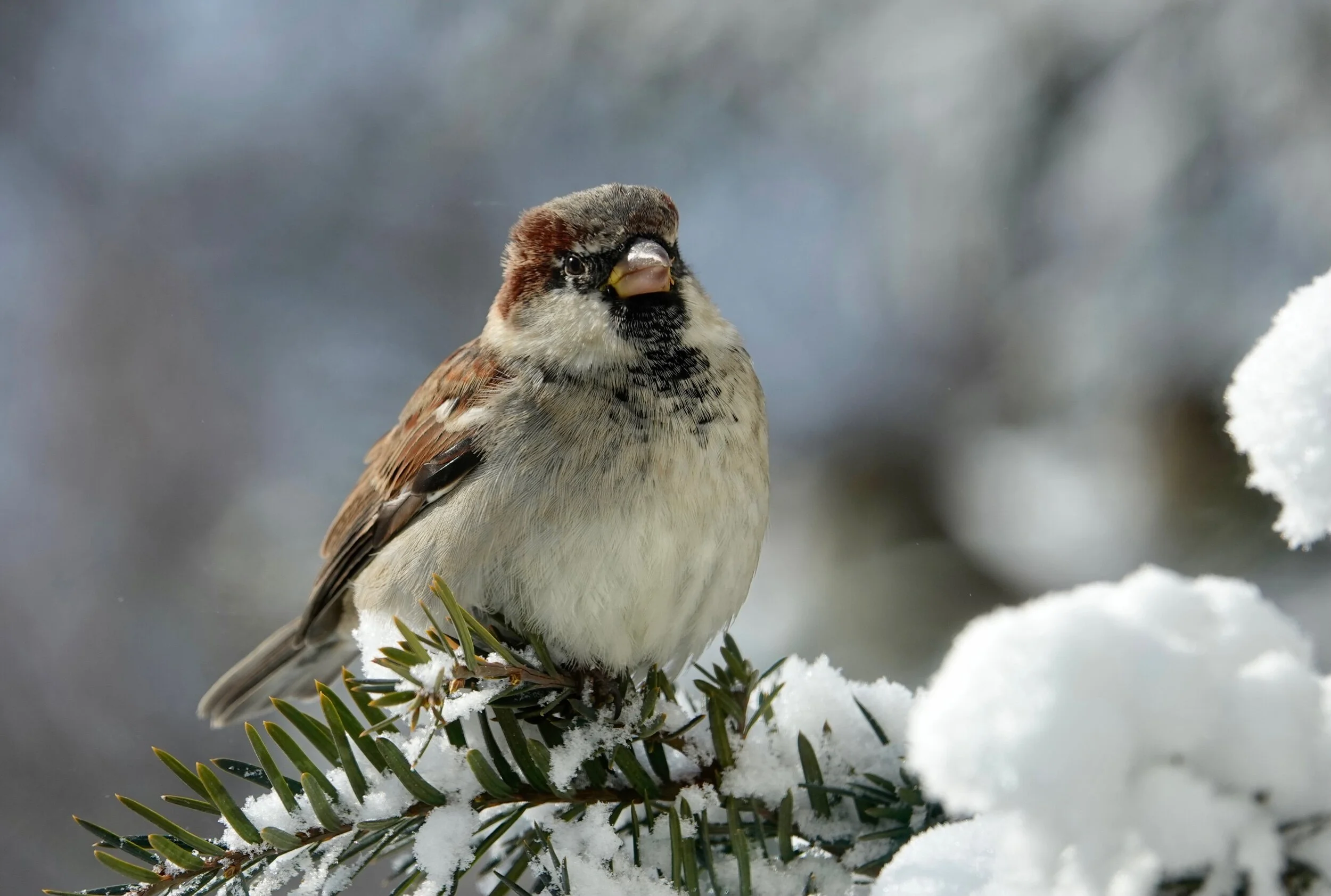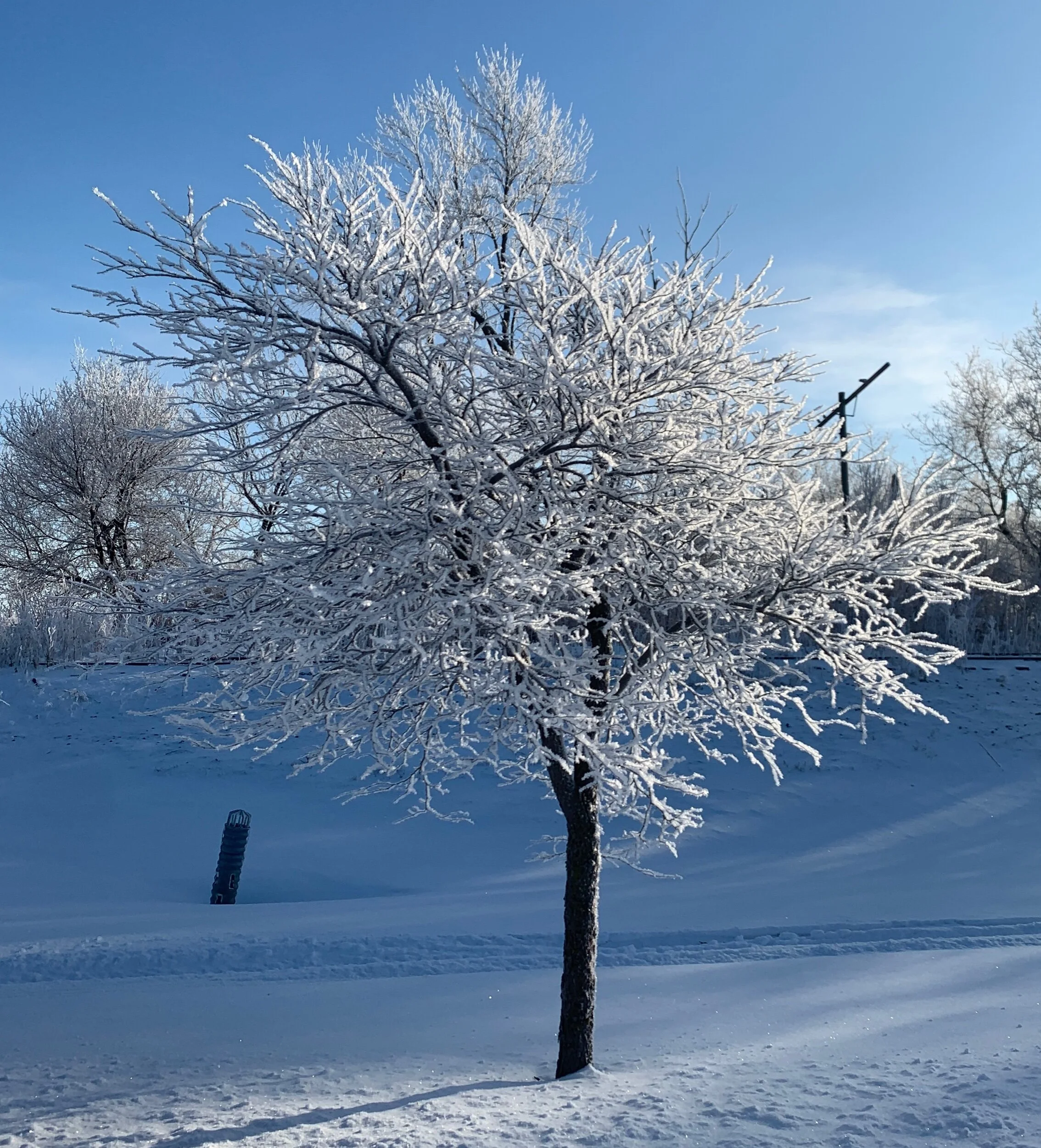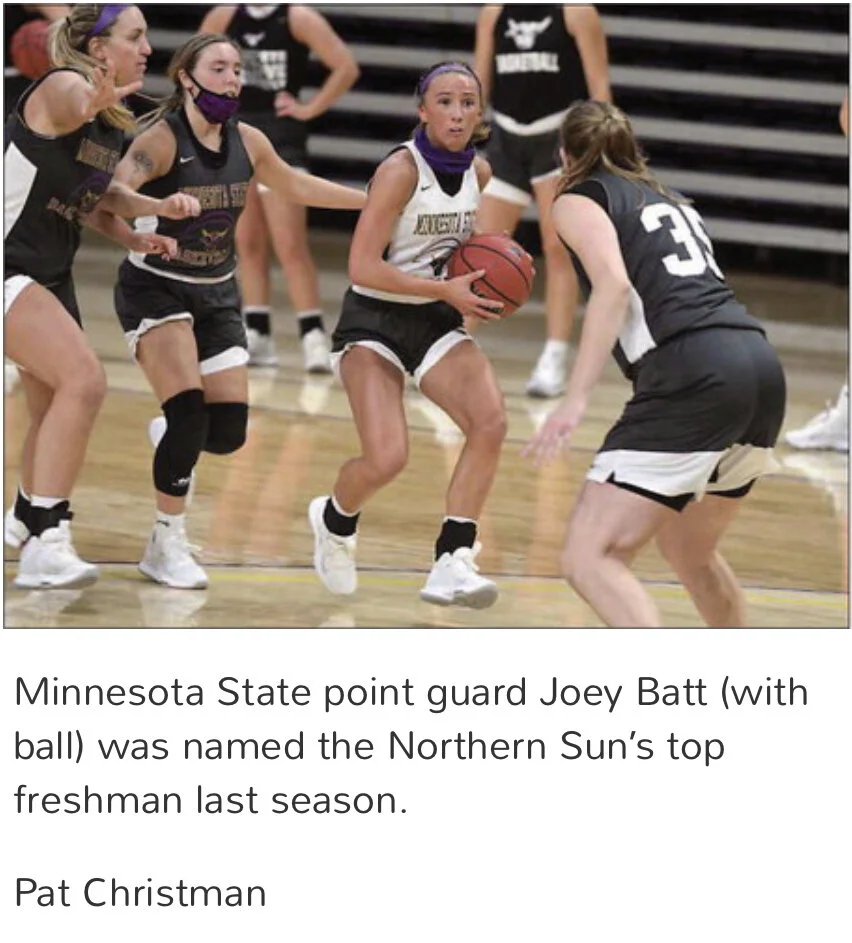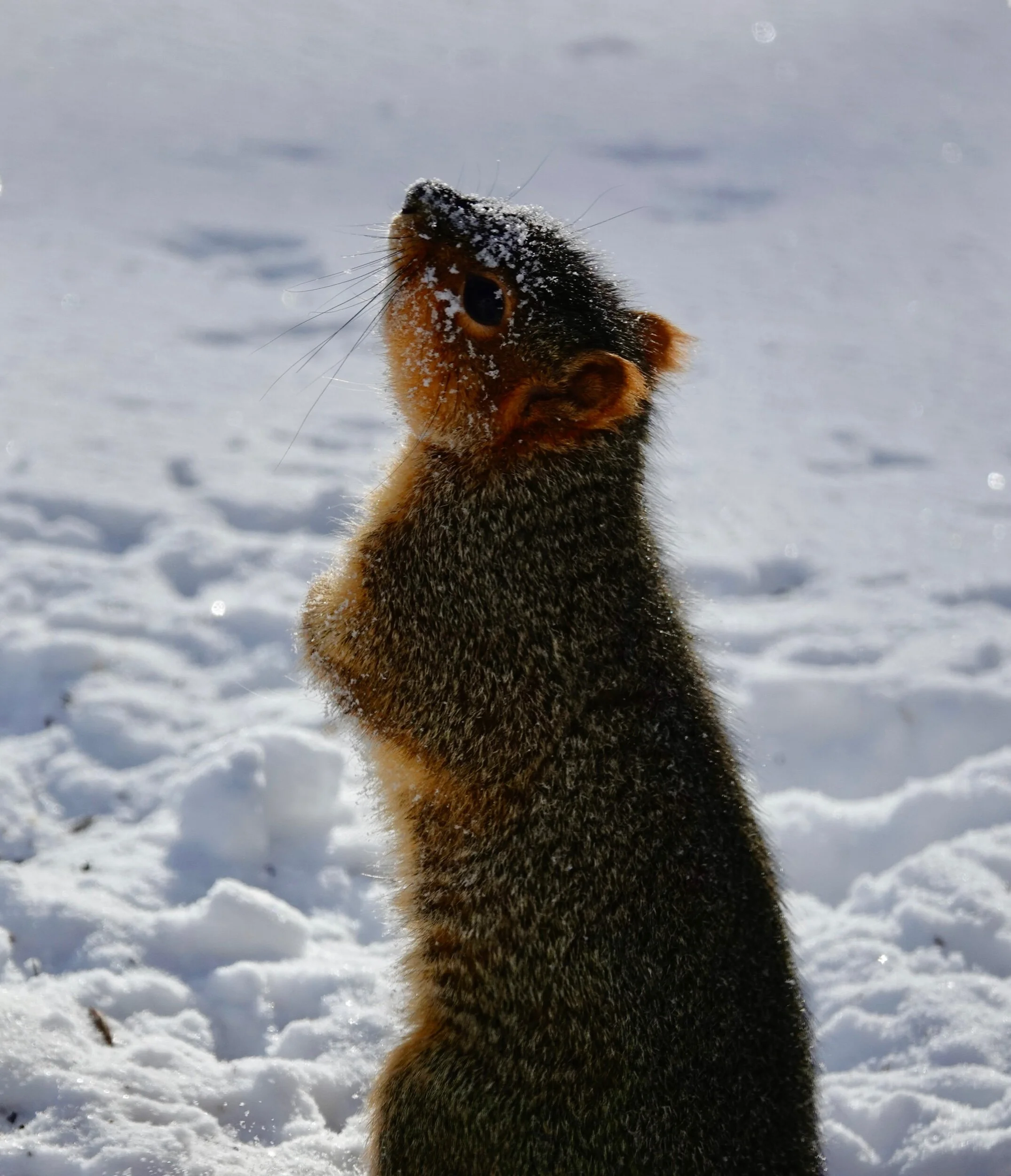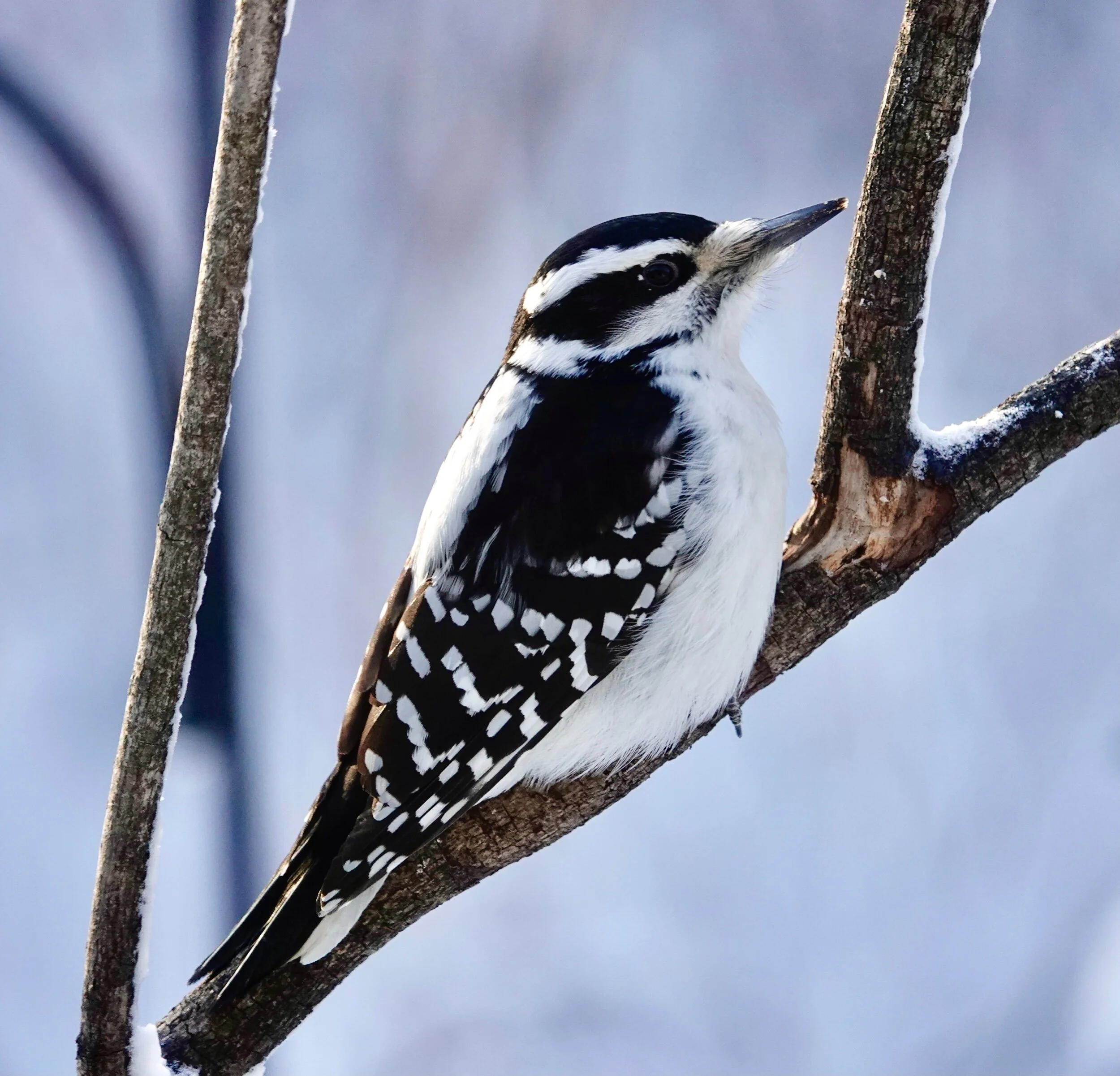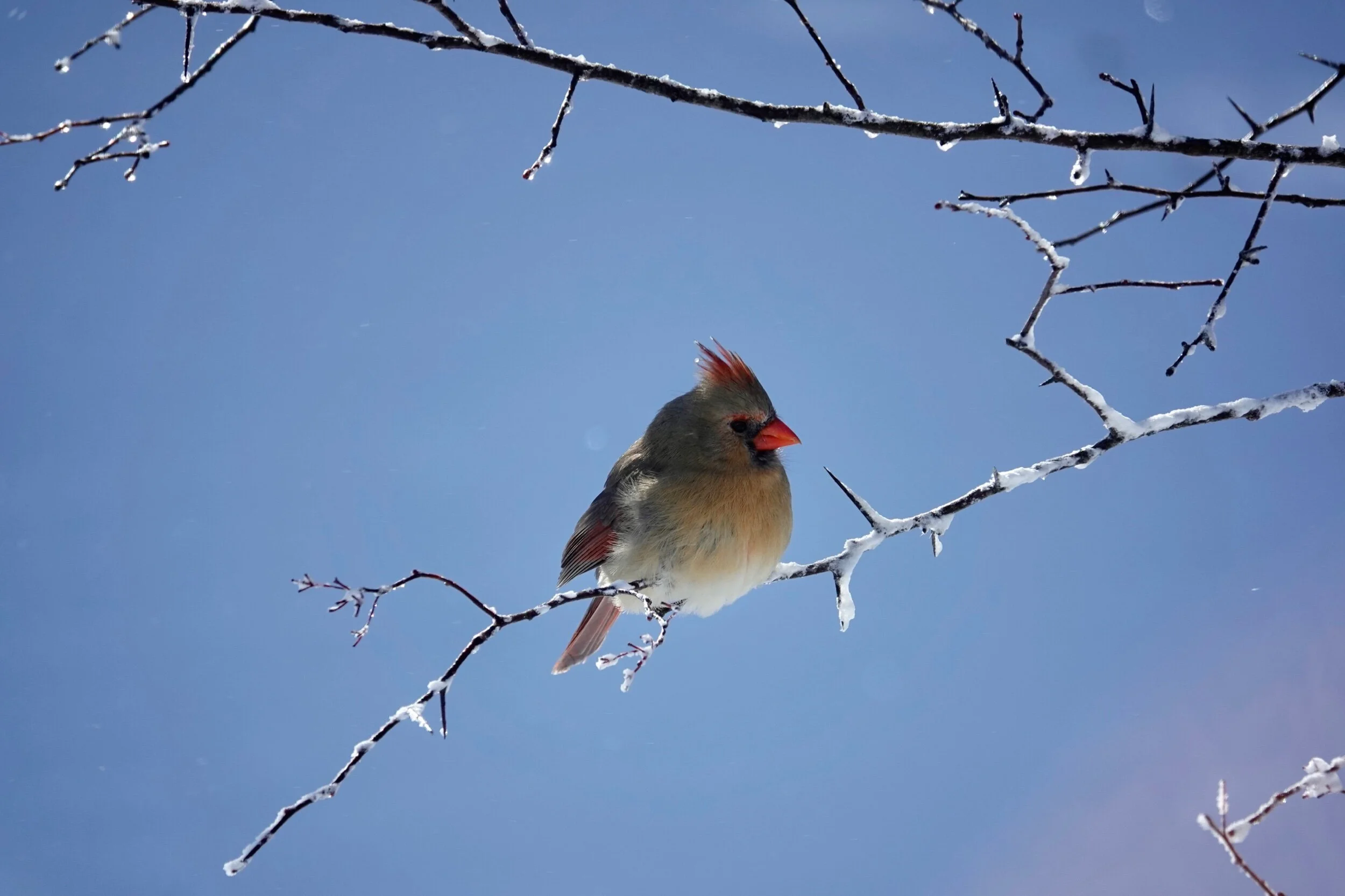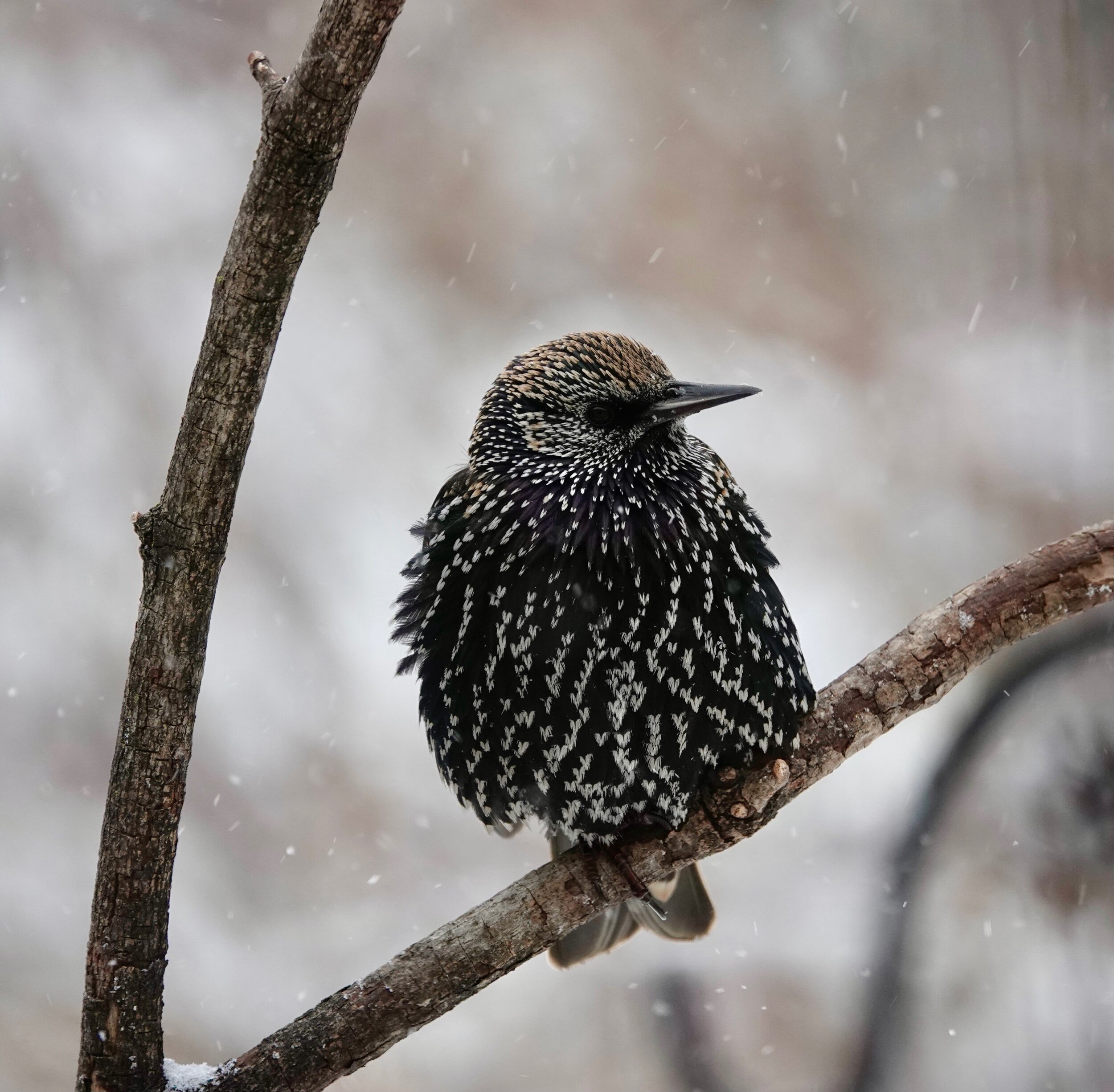After big freshman season, Batt ready to raise her game
She won’t say she was born to be a Minnesota State basketball player, but New Ulm native Joey Batt knew from a pretty young age that the Mavericks would be at or near the top of her list if she decided to play college ball.
“I always thought it would be cool to play here,” Batt said at Bresnan Arena this week. “My family came to watch a lot of games here as I was growing up. I was familiar with the campus and arena and all that stuff.”
After a standout career at New Ulm, the 5-foot-5 point guard played well enough to make the Northern Sun Intercollegiate Conference’s All-Freshman team. She averaged 9.4 points, 1.7 steals and 20.1 minutes per game.
Both Batt and MSU head coach Emilee Thiesse admit it was a good start to a career, but neither is satisfied.
“At the end of last year I asked her, OK, you’ve had a good season, but are you ready to take the next step?” Thiesse said. “Are you going to be content or do you want to elevate your game and the team to the next level?”
Judging by what she’s seen in practice, the answer is yes to both questions. Batt is the quintessential gym rat who is a tireless worker in practice.
She is expected to be an integral part of a team that went 18-11 a year ago and has been picked to finish first in the Southern Division of the Northern Sun by league coaches.
The Mavericks did not have a star player last season but instead relied on their balance and depth to be successful. Thiesse expects more of the same in 2021.
“We’re an up-tempo team so we expect all 12 players to contribute,” the coach said. “We want to rotate as many fresh players into the game as we can.”
Leading scorer Kristin Fett (10.3 points), a 6-5 junior center, is back. She is the only player returning who averaged double figures in scoring a year ago.
Among the other top returning players are 5-10 senior forward Tayla Stuttley (8.8 points, 3.9 rebounds, 66 assists), 6-0 senior forward Rachel Schumski (7.0 points, 4.7 rebounds, 13 blocks), 5-4 junior guard Maddy Olson (6.6 points, 59 assist) and 5-7 senior forward Brooke Tonsfeldt (4.0 points, 4.7 rebounds, 44 steals).
Junior forward Jinda Guidinger is a transfer from Western Illinois.
The incoming freshmen are guard Taylor Theusch, guard/forward Grace Mueller, guard/forward Ali Hunstad and 5-11 forward Emily Russo.
“We like our freshman class,” Thiesse said. “They’re going to have to work for playing time because we have so much depth and experience coming back, but that’s the way it should be.”
By Jim Rueda. The Free Press












